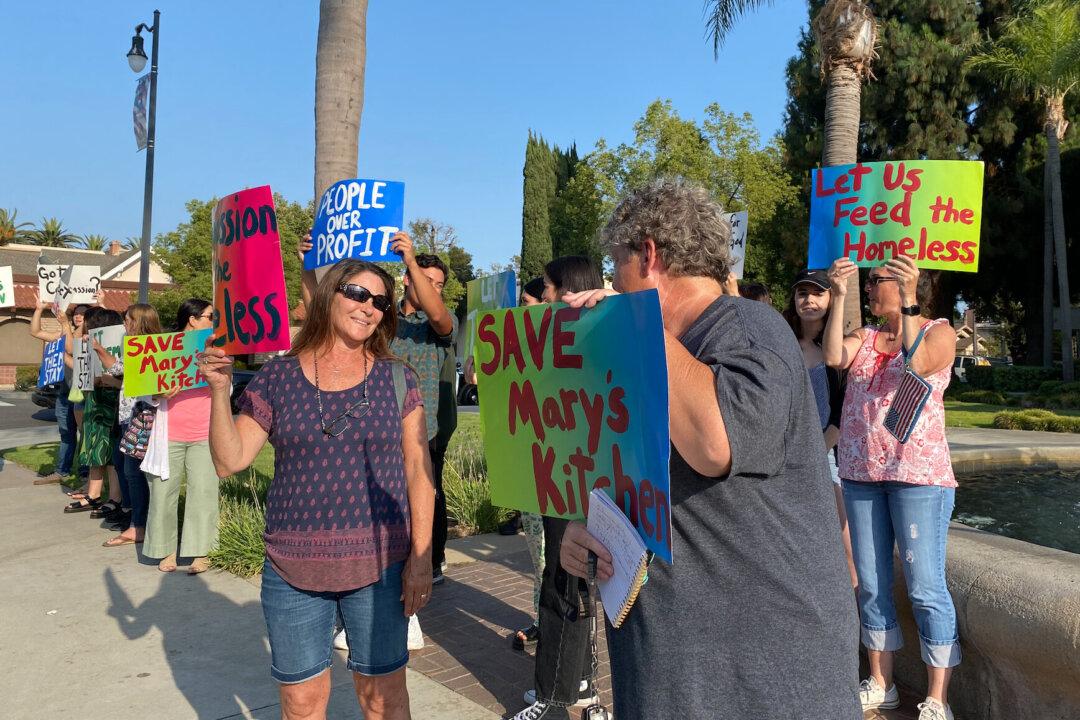A recent study determined that 86 water systems serving 9 million Californians have tested positive for toxic chemicals linked to cancer and other critical illnesses.
In state-conducted tests of over 600 wells, almost 300 drinking wells and water sources contained traces of PFAS chemicals commonly used in household products like food packaging, Scotchguard and Teflon cookware.





